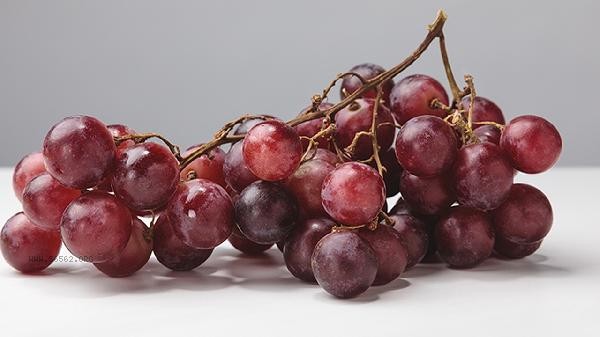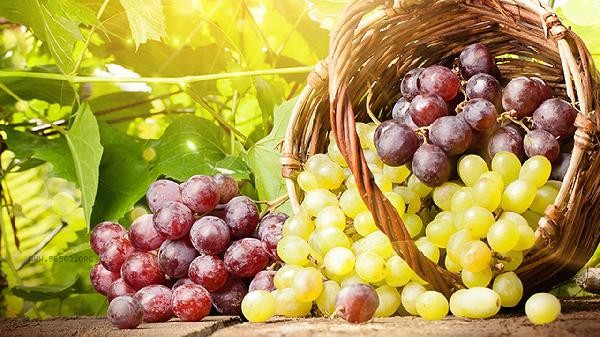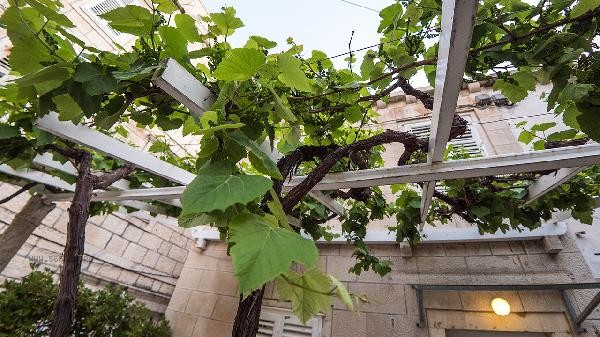The sweetness of grapes is generally between 15-20 degrees, and the actual sweetness is affected by factors such as variety, maturity, planting environment, picking time, and storage conditions.

1. Variety Differences
Different grape varieties have significant differences in sugar content. When Kyoho grapes mature, their sugar content is usually between 16-18 degrees, while red grapes can reach 18-20 degrees. The sugar content of seedless white grapes is generally above 20 degrees. Some wine specific varieties, such as Cabernet Sauvignon, have lower sugar content, mostly between 14-16 degrees. Variety characteristics are innate factors that determine sweetness.
2. Maturity
Sugar continues to accumulate during grape development. At maturity, the sugar content is about 12-14 degrees, and it can reach standard sweetness when fully matured. Grapes harvested too early have high acidity, and overripe fruits may undergo sugar conversion. Maturity can be determined by observing changes in the color of the fruit peel and the degree of lignification of the stem.
3. Cultivation environment
Production areas with large temperature differences between day and night are more conducive to sugar accumulation. Due to sufficient sunlight and low precipitation, grape sweetness is generally higher in Xinjiang and other regions. Greenhouse cultivation can increase sugar content by controlling water, but flavor compounds may be insufficient. The potassium content in soil is positively correlated with sugar synthesis, and appropriate application of organic fertilizers can help improve sweetness.

4. Harvesting Timing
Grapes harvested in the morning consume some sugar due to nighttime respiration, resulting in slightly lower sweetness than fruits harvested in the afternoon. Grapes harvested before the rainy season have high moisture content and low sugar content per unit volume. Batch harvesting can ensure that each bunch of grapes reaches the optimal sugar acid ratio, which is a common practice in boutique orchards.
5. Storage and transportation conditions
The sweetness of grapes transported by refrigeration is stable, and some sugars will be converted into alcohol during storage and transportation at room temperature. Modified atmosphere packaging can delay sugar degradation, but there will still be a decrease in sweetness after storage for more than two weeks. Household storage should avoid refrigeration after cleaning, as moisture attachment can accelerate fructose loss.

When selecting grapes, gently pinch the fruit to feel its elasticity, and those with firm flesh usually have more sugar content. Eating with yogurt can balance the sweet and greasy feeling. diabetes patients need to control their intake within 100g each time. It is recommended to extract homemade grape juice from the skin, as nutrients such as resveratrol mainly exist in the skin. Eating it as soon as possible after purchase can maximize the natural sweetness, and long-term storage can make concentrated sugar from raisins.








Comments (0)
Leave a Comment
No comments yet
Be the first to share your thoughts!